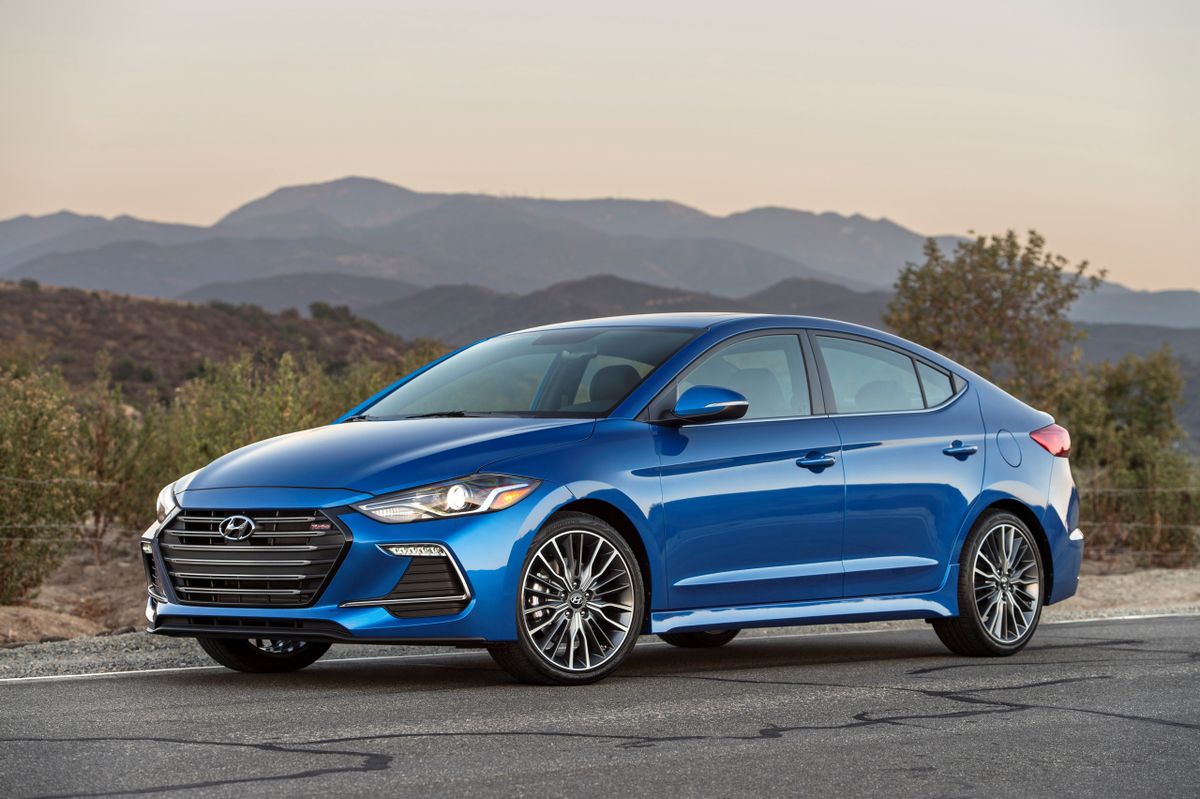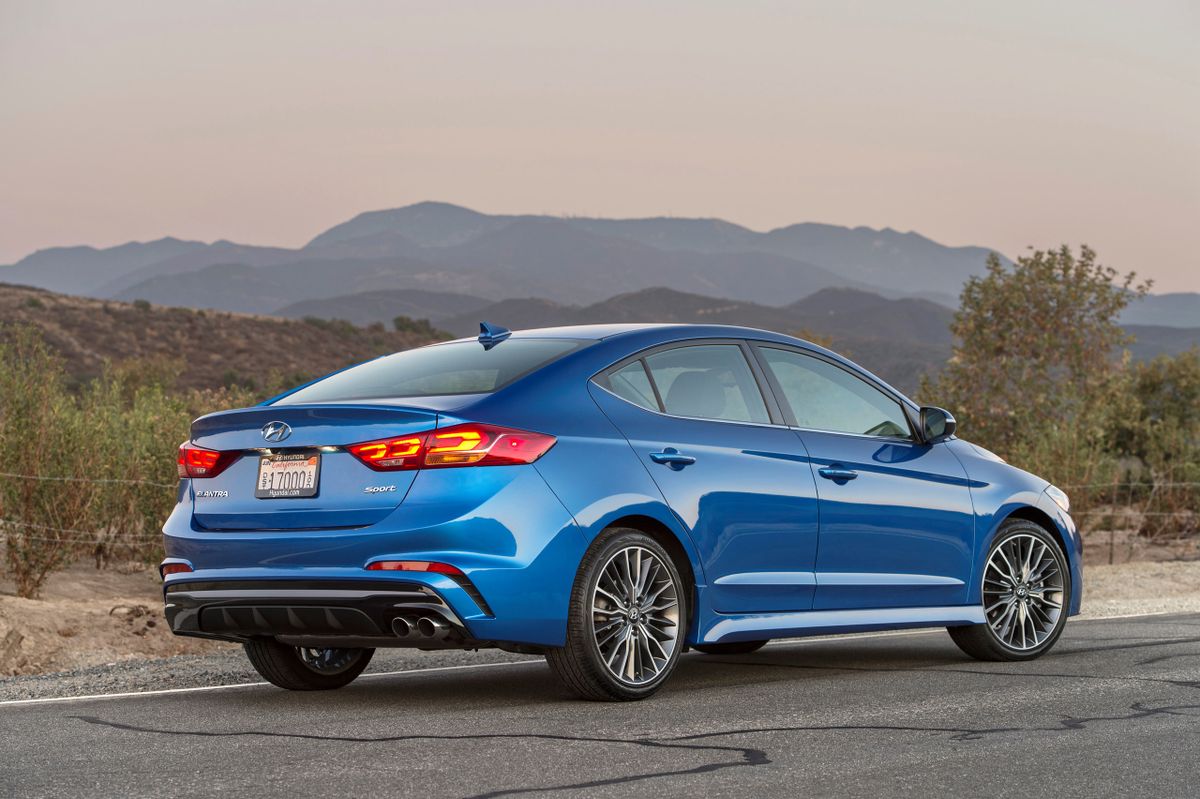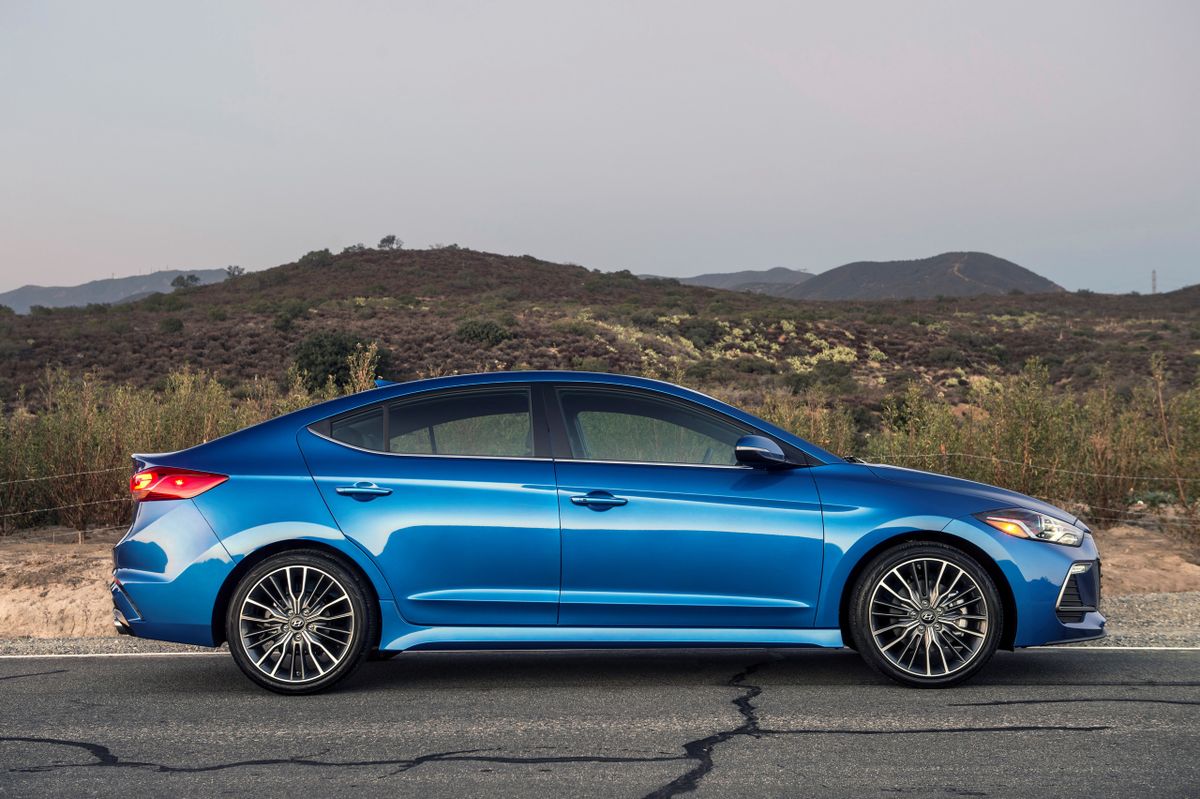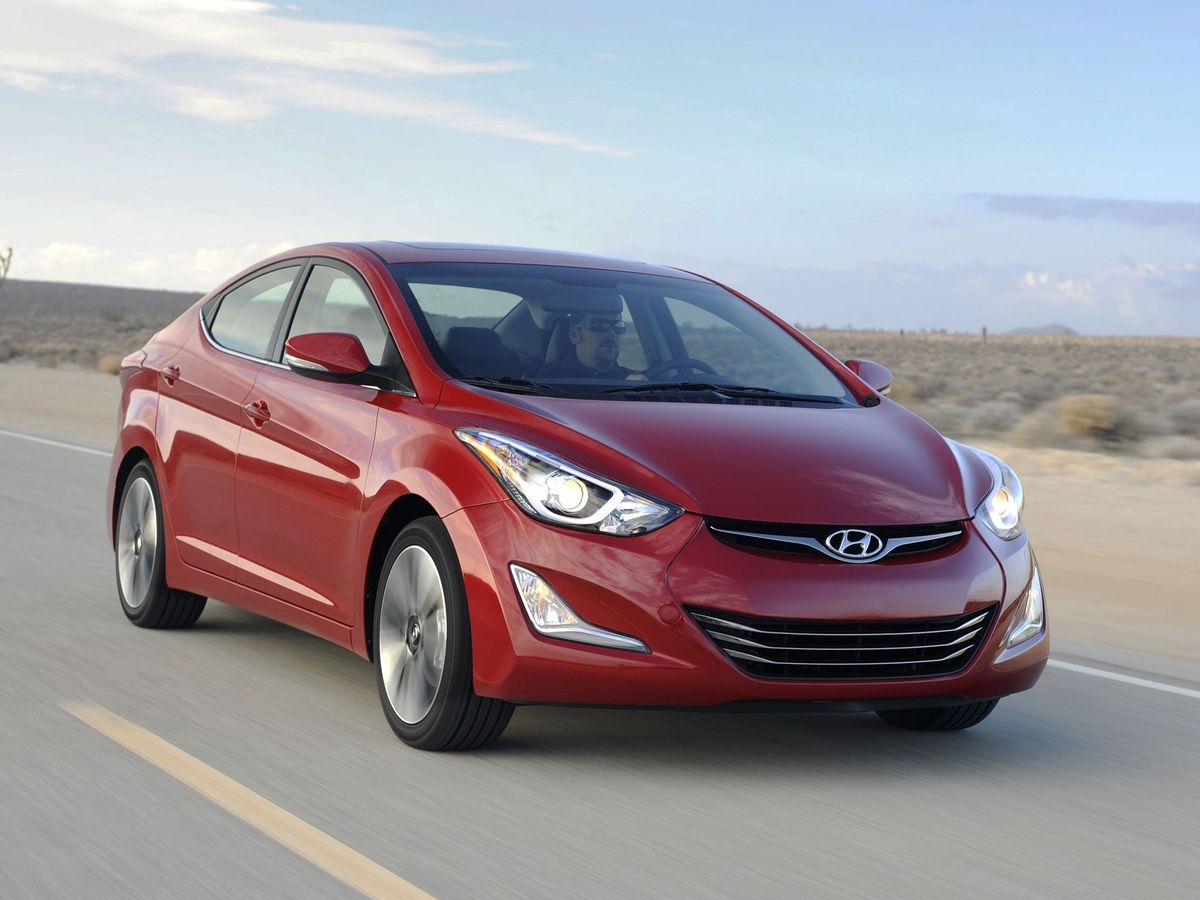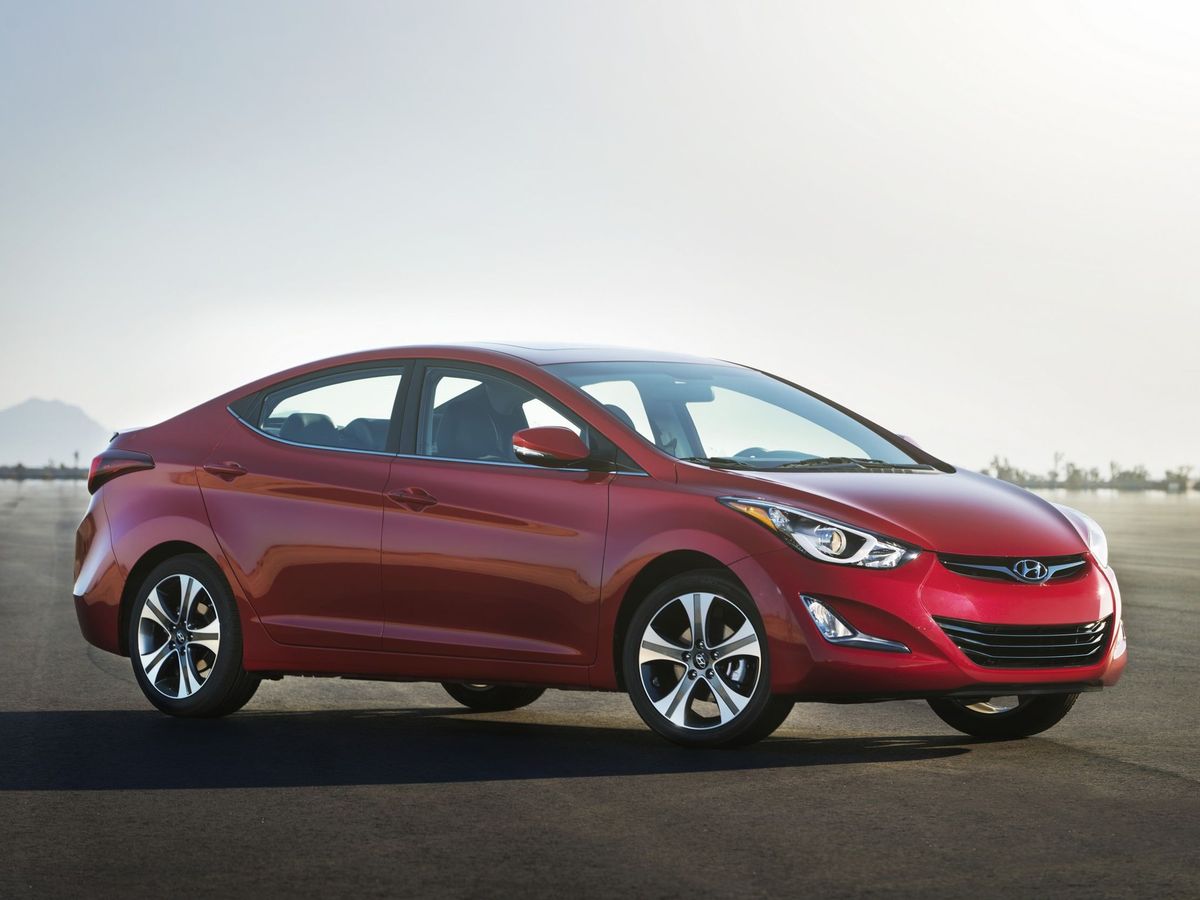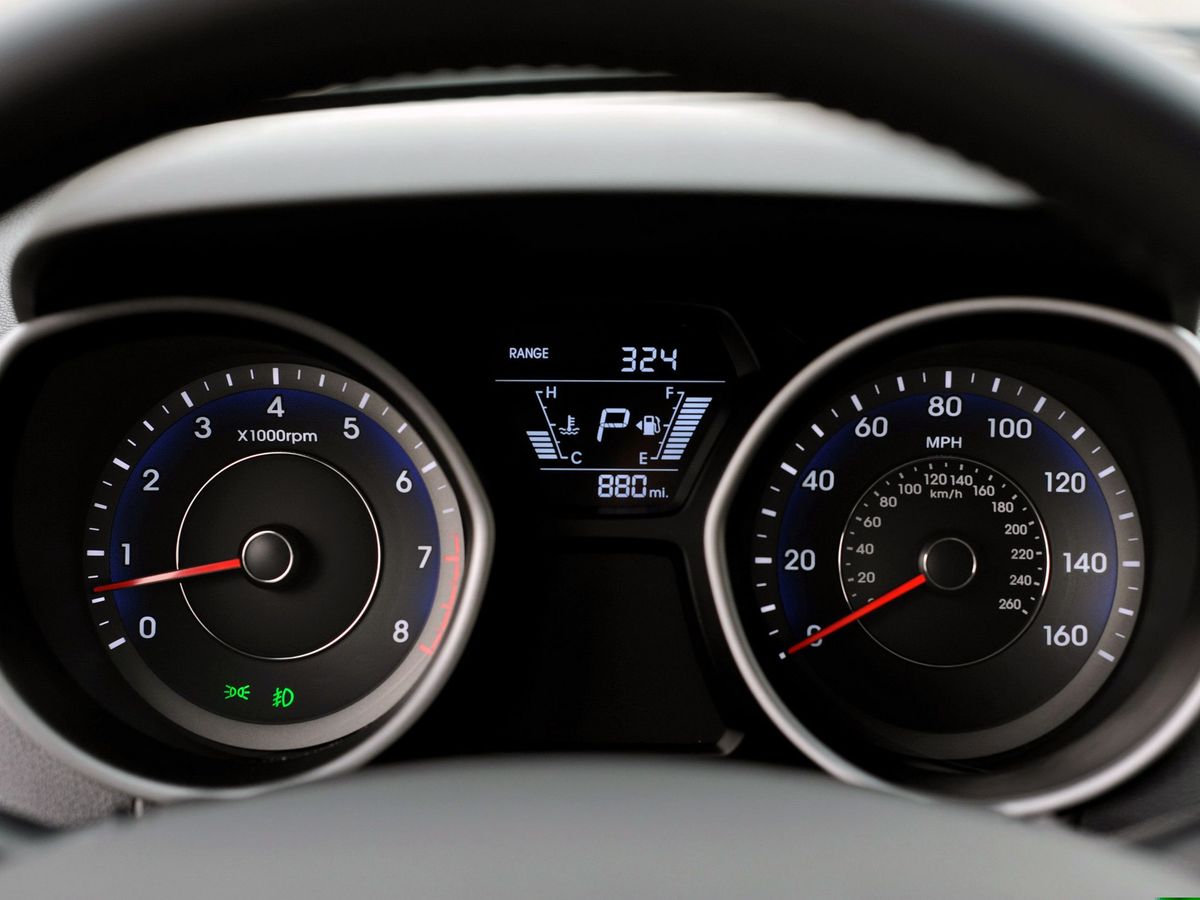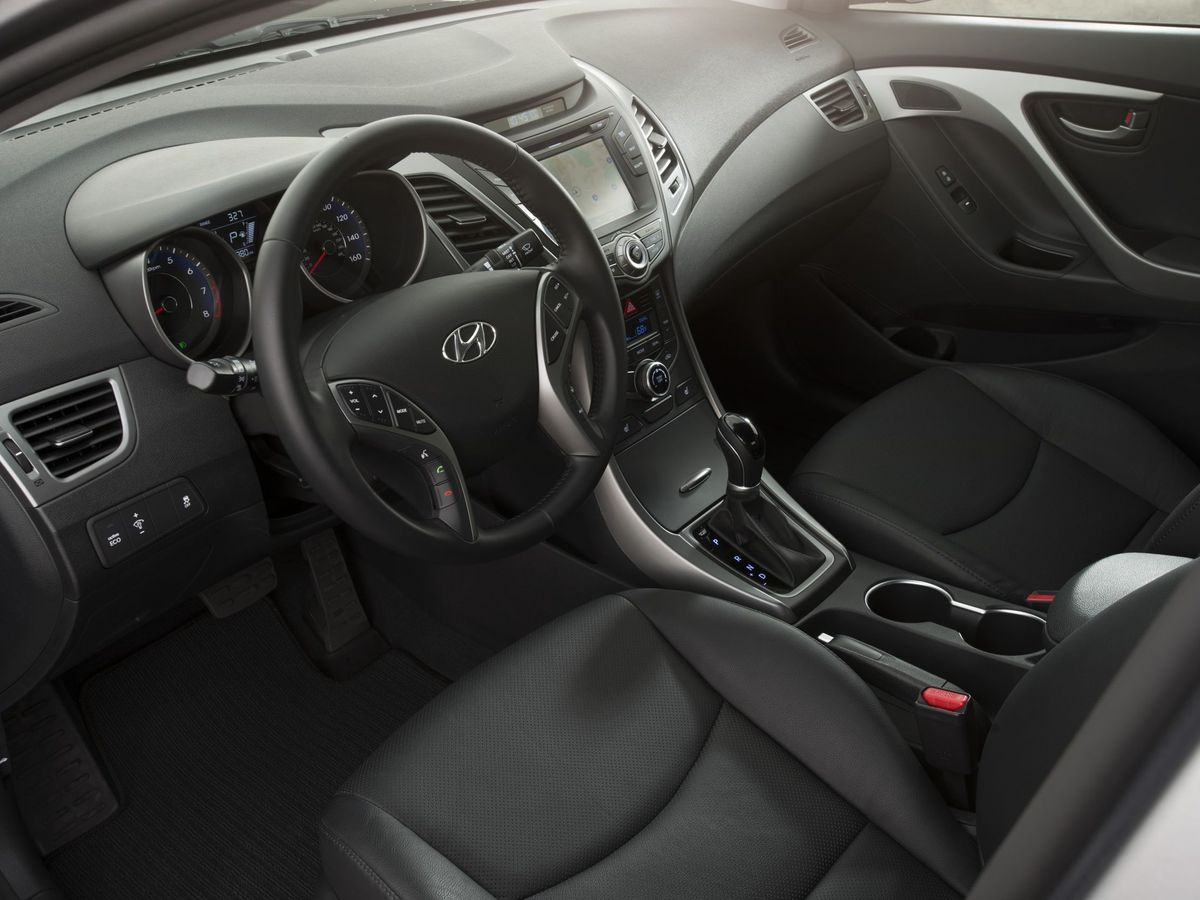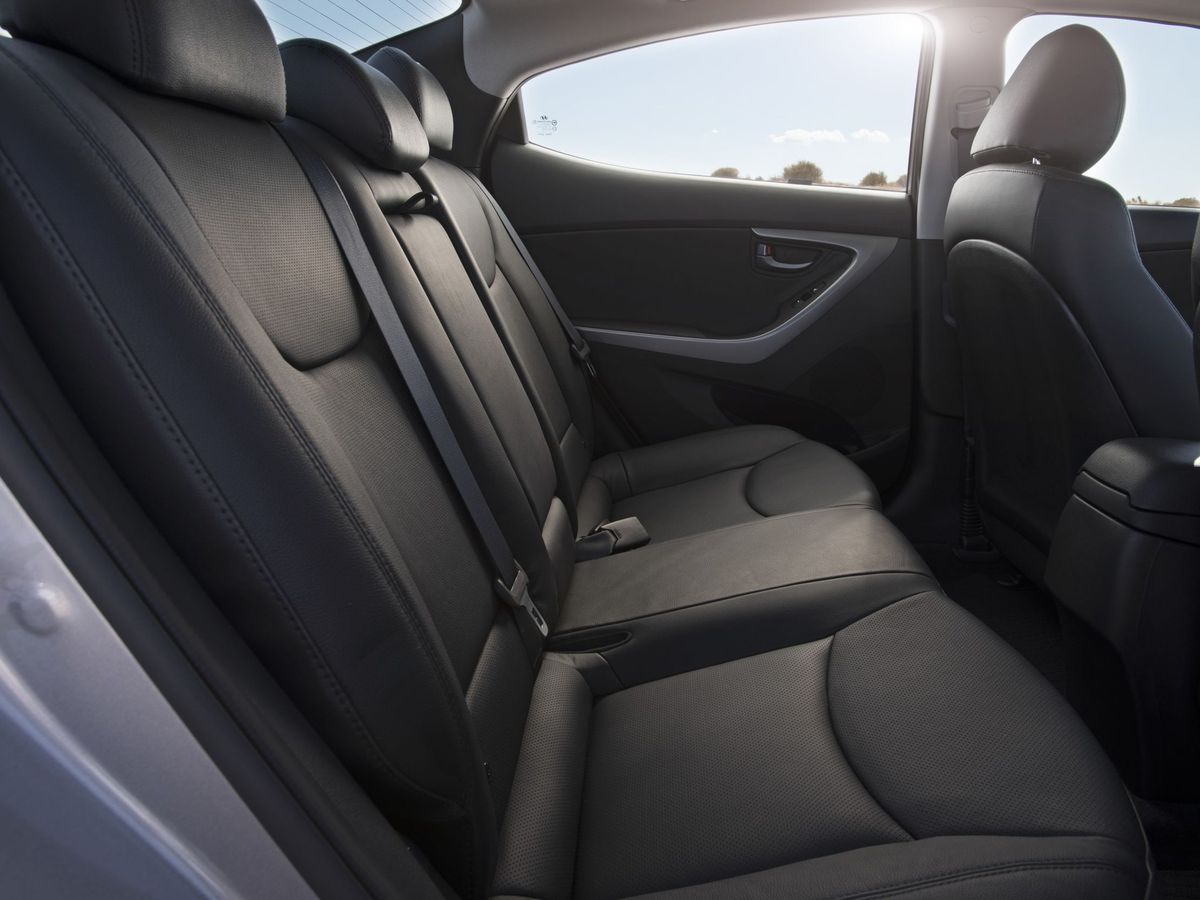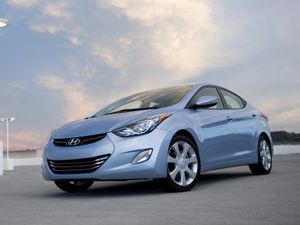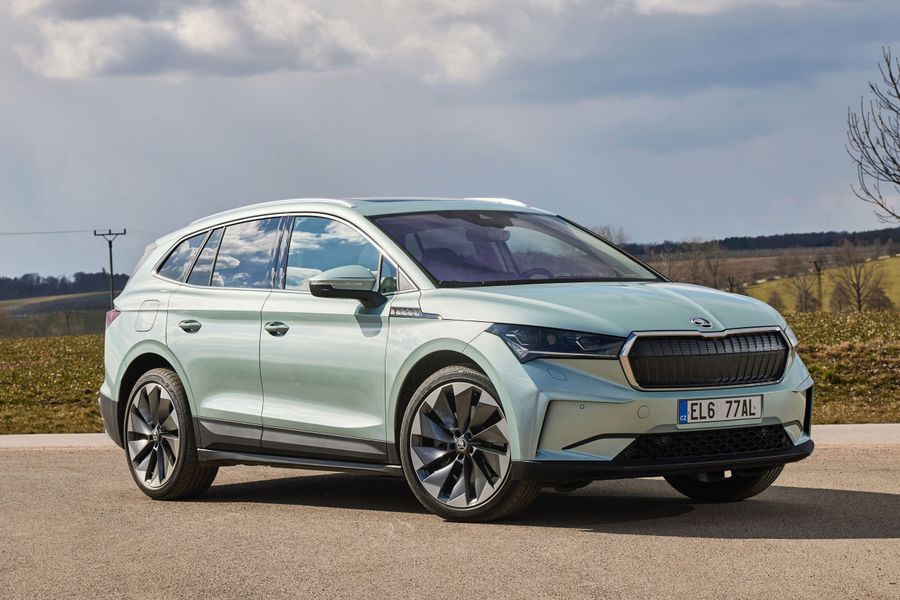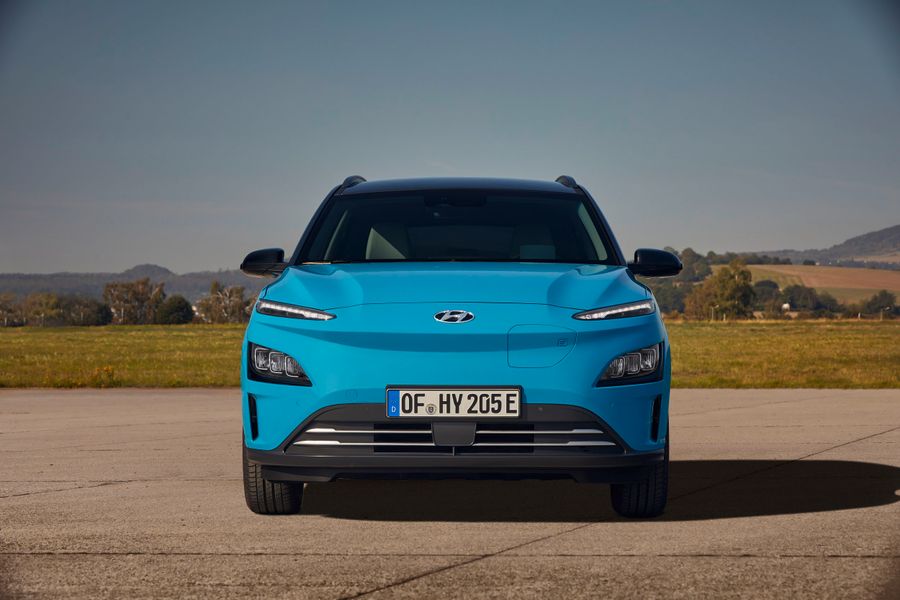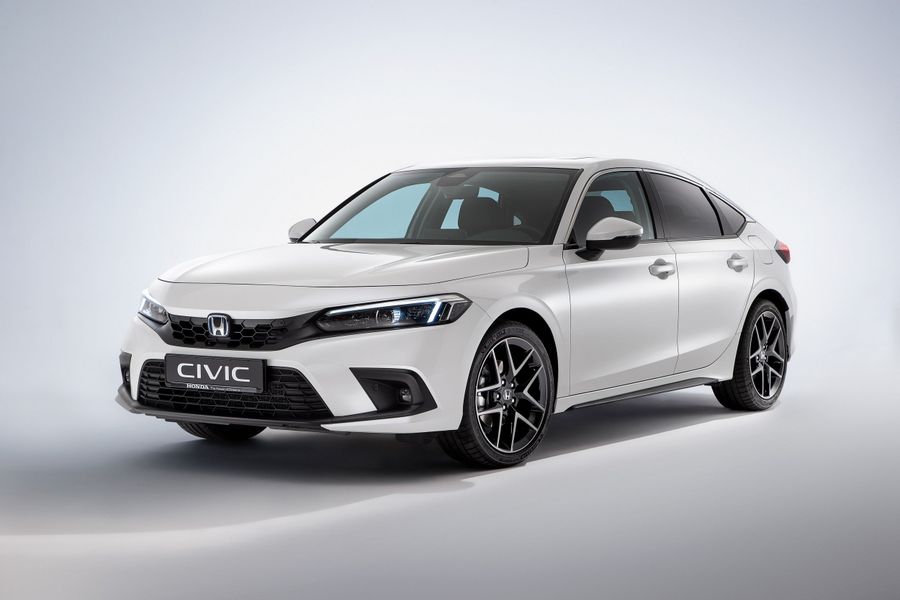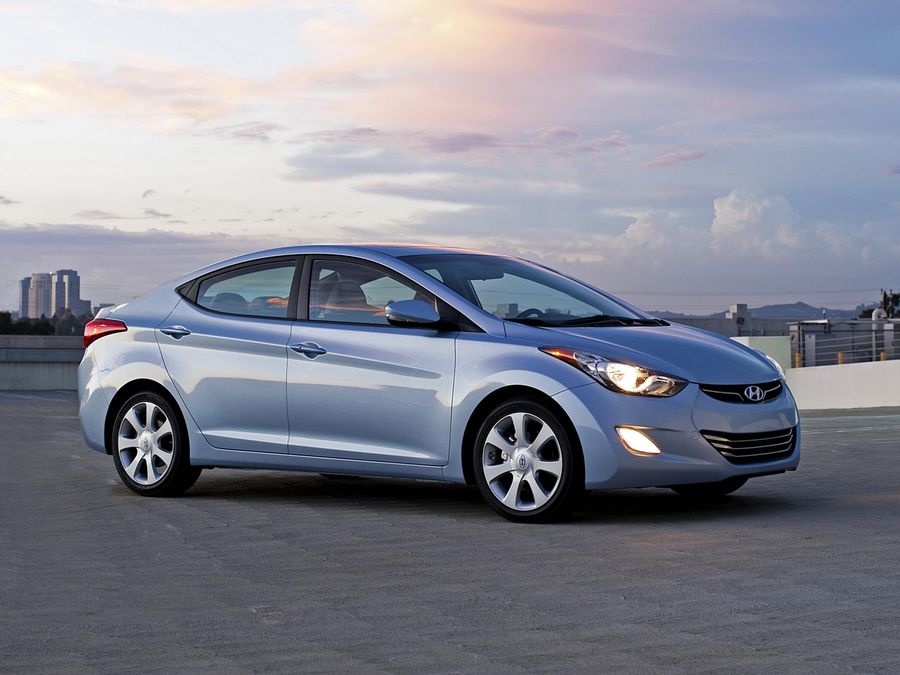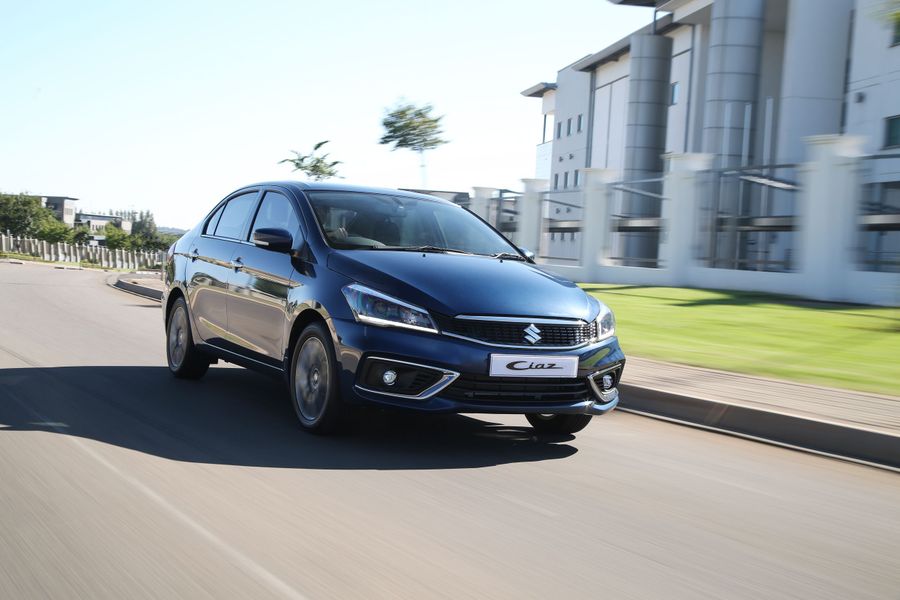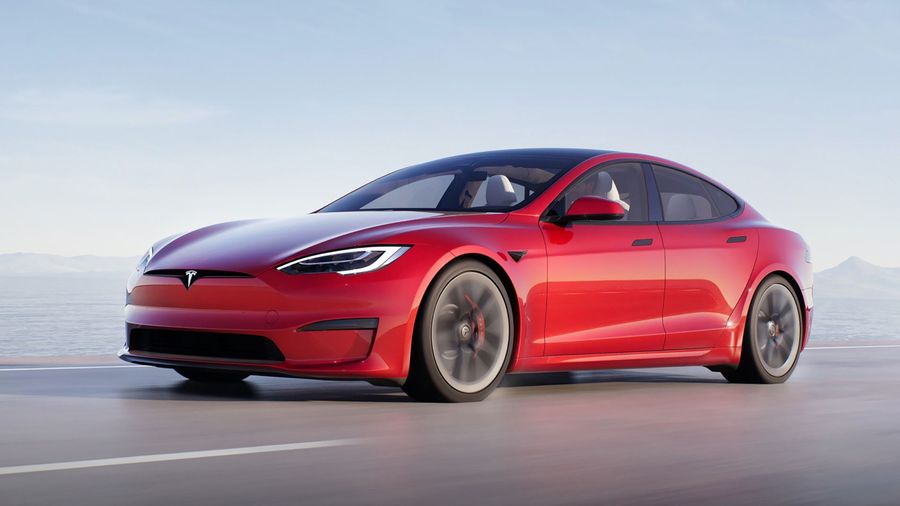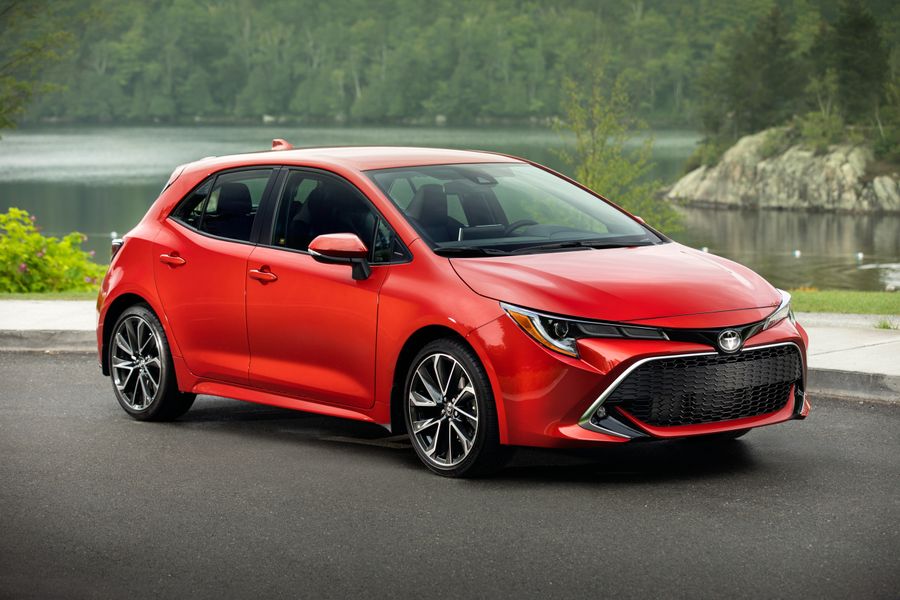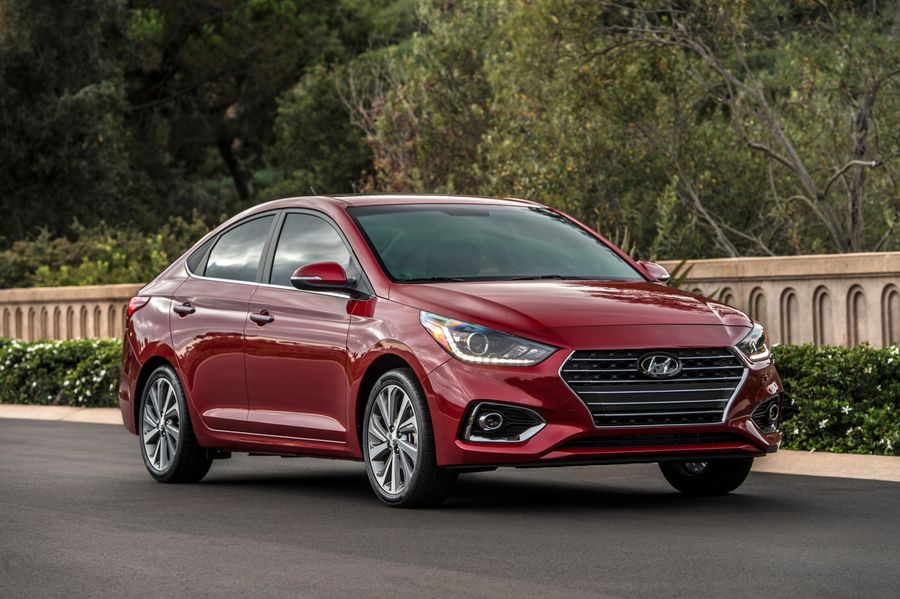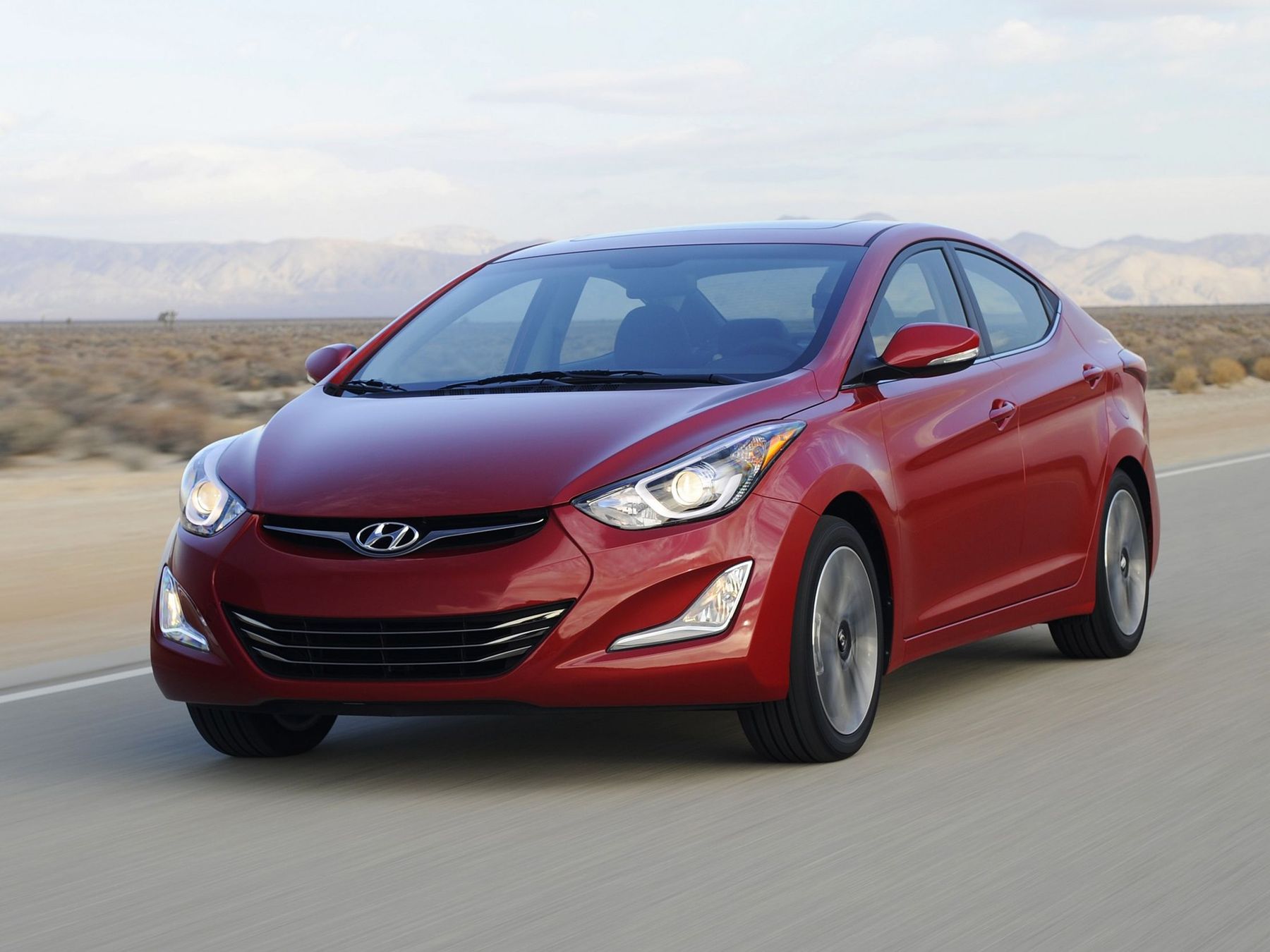
Hyundai i35. First generation, 2013 restyling
The Hyundai i35 is a family sedan, also known by different names, such as Hyundai Elantra, Hyundai Avante or Hyundai Lantra. It is one of the most popular models in the world, one of the top 20 best-selling cars. It has been produced since 1990. Released in 2010, the fifth generation is called Hyundai i35 in Israel, and it is formally the first generation for our market. The i35 was for those who wanted to have a cooler car than the modest Hyundai i30 but still couldn’t afford an E-segment car. The car sits somewhere between the family class and the executive class and became one of the best-selling cars in Israel.
The next generation, released in 2015, features the "Elantra" nameplates.
This front-wheel drive car first resembled the Mitsubishi Mirage and was equipped with an engine from the Japanese manufacturer. But it quickly acquired its own face and its own name. An interesting detail: in 2013, a coupe based on a sedan debuted. The coupe is made in the same style as the original, but has more aggressive styling.
Exterior
The design of the car is very attractive. It was designed by Hyundai’s Californian studio. The designers have created a new beautiful and different model in the style of “liquid sculpture”. Streamlined shapes blend into the body with a drag coefficient of 0.28. The I35 looks more harmonious than other models of the company, the Hyundai Solaris or Hyundai Sonata.
The car is 4,530 mm long, 1,775 mm wide and 1,445 mm high. The restyled i35s featured new front and rear styling, tinted taillights and L-shaped fog lights. The Limited and Sport trims have received headlights with LED accents and LED taillights.
Interior
The interior is made in the same style as the body. The cars restyled in 2013 feature a 4.3-inch touchscreen, while higher versions now offer a rear view camera. It’s nice to see an updated navigation system and leather-wrapped gear selector. The rear seats are very spacious, there is room even for tall passengers seated behind a tall driver. Richer versions offer heated rear seats. The trunk is also quite capacious: the initial volume is 485 liters, but if you fold the rear seats down, you get an opening into the passenger compartment.
Engines and suspension
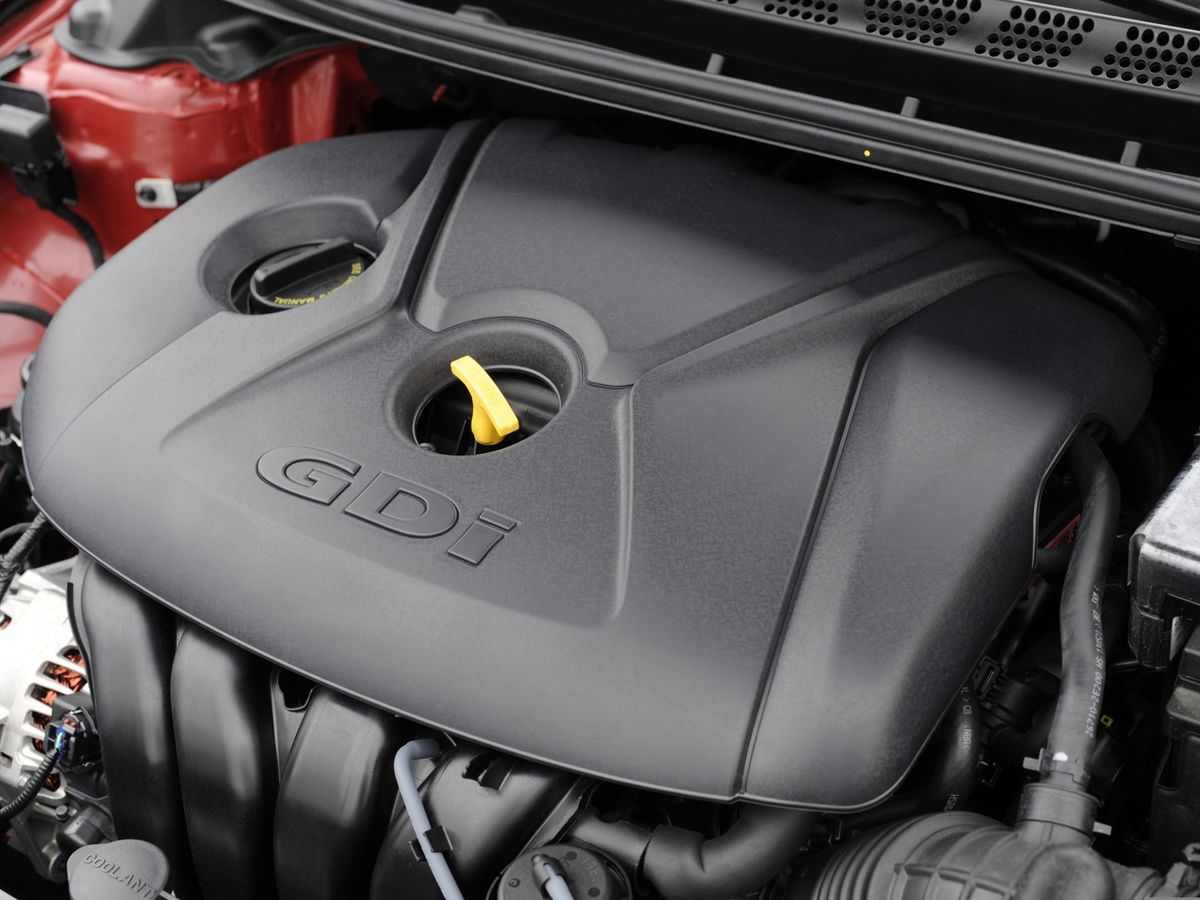
The Israeli market offered the new 2010-2013 Hyundai i35 with a 1.6-liter engine, although in other markets there were more powerful options with 1.8 and 2.0-liter engines. The latter appeared after restyling. But the base unit, thanks to direct fuel injection, produces 132 hp and is paired with a 6-speed automatic gearbox. The sedan has an independent McPherson-type suspension at the front and a semi-dependent spring suspension at the rear. The car got a stabilization system. At the same time, one of the car’s shortcomings is a behavior of shock absorbers, which allow vertical vibrations of the body and the car leaving the lane at high speed on rough roads.
Trim levels
The Israeli market offered two trim levels of the 2013 Hyundai i35: Inspire and Supreme. The first version offered ABS, BAS and EBD systems, an ESP system and 6 airbags, air conditioning and a sunroof for comfort, as well as a rear view camera. The top-end Supreme had a combination cloth and leather interior trim, air conditioning, and a rain sensor.


